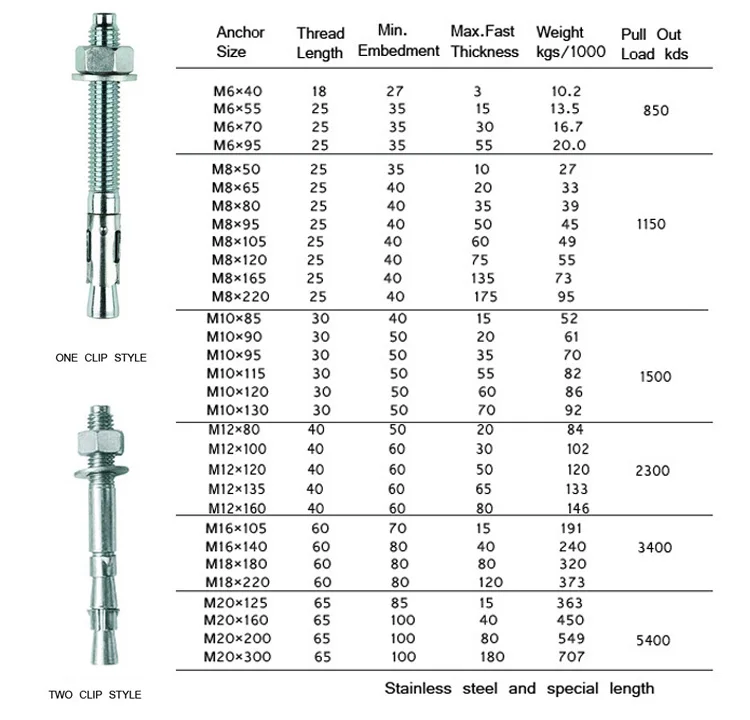

Testing the sealing of the enclosure against solids is done by the use of spheres of specific diameters (50, 12.5, and 2.5 mm) and checking whether the spheres can reach the critical parts of the electrical/electronic device. Testing and Certification of IP Ratingsįor products to be officially released with an IP rating they need to be tested by certified laboratories which perform the tests in accordance with the IEC 60529 standard. This would mean that the particular IP rating is a false claim. Keep in mind that the two digits are independent but still logically related since you can’t have ratings such as “IP 47” which would mean that the casing is suitable for immersing in liquids at a depth of one meter, but has no protection against solid particles smaller than 2.5 mm. Another example could be an IP 68 rating which means that the casing offers ultimate protection against dust and can be safely submerged in water at a maximum depth of up to three meters without risking a short-circuit inducing penetration of liquid. Putting both digits together to form a complete IP ratingįor example, when a device has an IP 54 rating, this means that the enclosure is adequately protected against dust and water splashes. Protection against water up to a depth of 3 meters

Protection against water while submerged at a depth of one meter Protection against particularly powerful water jets Protection against water drops with the enclosure in 4 different orientations Protection against water drops with enclosure in a single orientation These digits are shown second in the IP rating and are defined as follows:- 0 Liquids are much harder to keep out of a casing/enclosure, so the classification categories are eleven, starting from zero (no protection) and ending on “9k” (maximum protection). Generally preferred for products that are never meant to be opened for service/maintenance and cleaning Reflects adequate protection against dust particles under normal atmospheric air pressure conditions, and complete protection against dust even under vacuum pressure conditions respectively If you are looking for a casing that will keep out wires, screws, screwdrivers, and most insects, then a first IP digit of 4 is the safest choice This covers objects larger than 2.5 mm, e.g. Protected against bigger than 12.5 mm (e.g. Protected against objects that are larger than 50 mm (e.g. The casing doesn’t offer any kind of protection against contacting other objects – no test required On the contrary, an indoor warehouse electric order picker doesn’t need an electric motor controller of a high IP rating since it operates in much less harsh conditions, so a more cost-effective choice can be made. This is because moisture levels in these facilities are naturally high and the chances of a liquid spillage are equally high. A practical example of IP Ratingsįor example, industrial forklifts in bottling facilities require electric motor controllers or throttle assemblies of a high IP rating. Simply put, the IP rating indicates the level of dustproofing and waterproofing achieved by a casing/enclosure design, so that the users of a product are aware of the limits of a device/component – and its intended operational scope and conditions.
Din 529 code#
The standard IP ratings were originally developed by the International Electrotechnical Commission (IEC) and its corresponding code is IEC 60529, while the equivalent European standard is the EN 60529. It helps to classify them according to their degree of protection against solids and liquids. IP stands for “Ingress Protection” and is a standard protection marking for casings and enclosures of electrical and electronic products. Under no circumstances will the website be held responsible or liable in any way for any claims, damages, losses, expenses, costs or liabilities whatsoever (including, without limitation, any direct or indirect damages for loss of profits, business interruption or loss of information) resulting or arising directly or indirectly from your use of or inability to use this website.Any mechanical design engineer who designs enclosures MUST have a firm grasp of IP ratings. This website gives no warranty and accepts no responsibility or liability for the accuracy or the completeness of the information and materials contained in this website. Note: All the information provided on this website is provided on an “as is” and “as commonly used in production” basis and you agree that you use such information entirely at your own risk. Sizes and features anchor foundation bolts DIN 529 Form A d


 0 kommentar(er)
0 kommentar(er)
